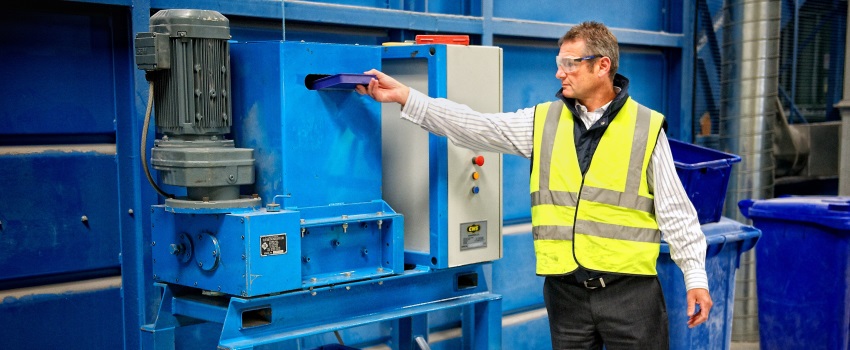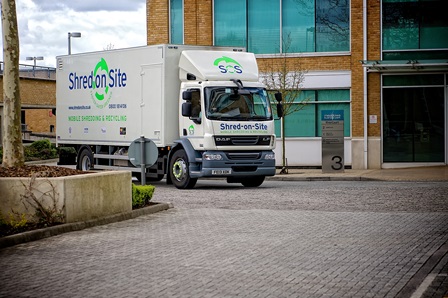What to think about when protecting your business data?
Data security remains a top priority for many organisations today. A lack of it can not only leave a business exposed to data theft or reputational damage but could also attract penalties and fines as a result of a lack of compliance with data protection laws. Crucially, when protecting your business data, it’s important to focus both on digital data and any that is being physically generated on a day-to-day basis. Physical documents, files etc are often where vulnerabilities lie in a data protection strategy, which is why it’s so important to think about the following to create a comprehensive approach:
Destroying digital hardware and equipment
Digital data security has been given new importance since the arrival of the GDPR in 2018. However, this regulation extends far beyond ensuring that online accounts and databases are properly maintained and well protected. It can cover data in many different formats, which is why it’s important for any business serious about protecting data to have policies in place to deal with digital hardware and equipment that is no longer required. Old hard drives and laptops, for example, still contain data even if they are not being used by staff anymore. They can be mined for sensitive information and key business data and, as a result, data protection should include steps for destroying these items when they are no longer in use.
The importance of shredding
Most businesses today still generate a lot of paper. Whether theses are financial projections, pitches for work, employee data or files containing information about plans and prototypes, they are a rich source of information about the business for anyone able to get hold of them. Even something as simple as a meeting agenda could cause issues in the wrong hands. As a result, regular shredding is crucial for any business looking to protect data in a compliant and comprehensive way.
- Avoid allowing a large volume of old documents to build up. These may seem harmless and out of date but may actually be full of data that, in the wrong hands, could put your business in breach of data protection requirements – or do reputational damage.
- Create a robust process of document storage, archiving and destruction. Make sure it’s clear how long documents can, and should, be retained and commit to a regular schedule of shredding to ensure that this is maintained.
- Manage and monitor whether existing document destruction processes are effective and adjust as necessary. If you’re currently working on the basis of a monthly shredding schedule but paper is building up, it may be necessary to switch to weekly or fortnightly, for example.
- Work with a professional shredding partner. On-site shredding services can provide valuable peace of mind, ensuring complete destruction of documents and minimising any potential security risks between the stages of storage and shredding.
When protecting your business data it’s crucial to factor in document and hardware disposal if you want to ensure that your approach is truly comprehensive.
Get in touch with Shred on Site today by giving us a call on 0800 181 4106 to discuss your requirements or alternatively you can request an online quote here.







